Bring on 2023
By James Urquhart
11th January, 2022
Whilst there are still some battling through the final stages of harvest, most New South Wales grain growers managed to finish and park the headers in time for New Year's Eve.
With the arrival of the new year came a collective sigh of relief from an east coast grain industry quite happy to see the back of 2022. Whilst not necessarily a poor production year - in fact NSW will chalk up its 5th largest winter crop on record according to ABARES - season 2022/23 will be remembered by most as relentlessly challenging from beginning to end.
Harvest was delayed from the outset by the seemingly endless winter and further slowed throughout by wet and impassable paddocks compounded by the unseasonably cold weather restricting harvest hours. The bogged header count seen on some machines was quite incredible.
The challenge of harvesting hasn’t ended with the dodging and weaving between paddocks to find ripe grain and solid ground but continued beyond the farm gate. Road closures due to flooding and the generally rubbish state of the road network has forced trucks to zig zag their way across the countryside to deliver grain off farm, or resort to last-minute temporary paddock storage.
Grain quality has also been something of juggle, with the season throwing up varying degrees of mould, low test weights, high screenings, distorted grain, sprouting, staining and white grain disorder across parts of the east coast. However, it must be noted that quality has held up remarkably well despite the conditions endured by the crop. Seemingly sufficient volumes of quality grain have been harvested to provide the domestic consumer comfort of supply and as such, premiums to malt barley and high protein milling wheat grades have retreated from their highs.
These grades aside, broadly speaking local grain markets have shown resilience particularly in the face of such a large crop. The lateness of the harvest and the slower-than-normal pace of grower selling is supporting local values, as is a greater-than-expected volume of grain stored on farm. For those who are storing grain on farm, additional care should be paid to grain quality assessment beyond the standard tests, with particularly close attention paid to some of the less common grain defects that have been observed this year.
So with 2022 in the rear vision mirror and although a few cuts and bruises to show for it, we head into the new year with reason for a sense of optimism. There are always accounts of hardship, but generally speaking the NSW grower has put an above-average sized crop in the bin and grain markets remain relatively well supported. Furthermore, the soil moisture profile is brimming for most of the state, and prospects for the coming season are healthy. Bring on 2023.
Harvest Update
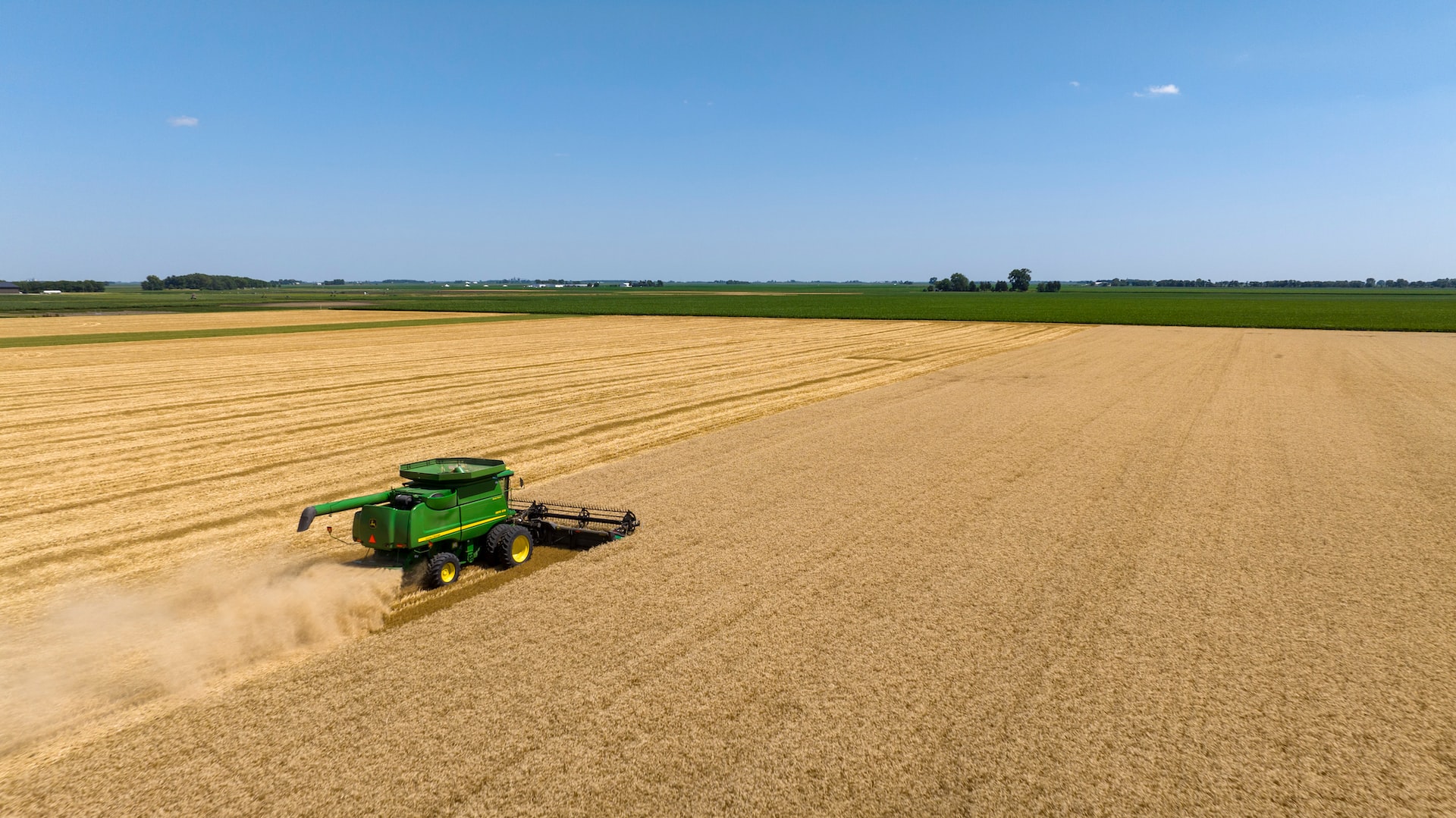
Feels like this has been communicated quite often lately however yet again harvest is proving to be more challenging and stressful than the last with...
Read MoreWhy is wheat feeling the heat?
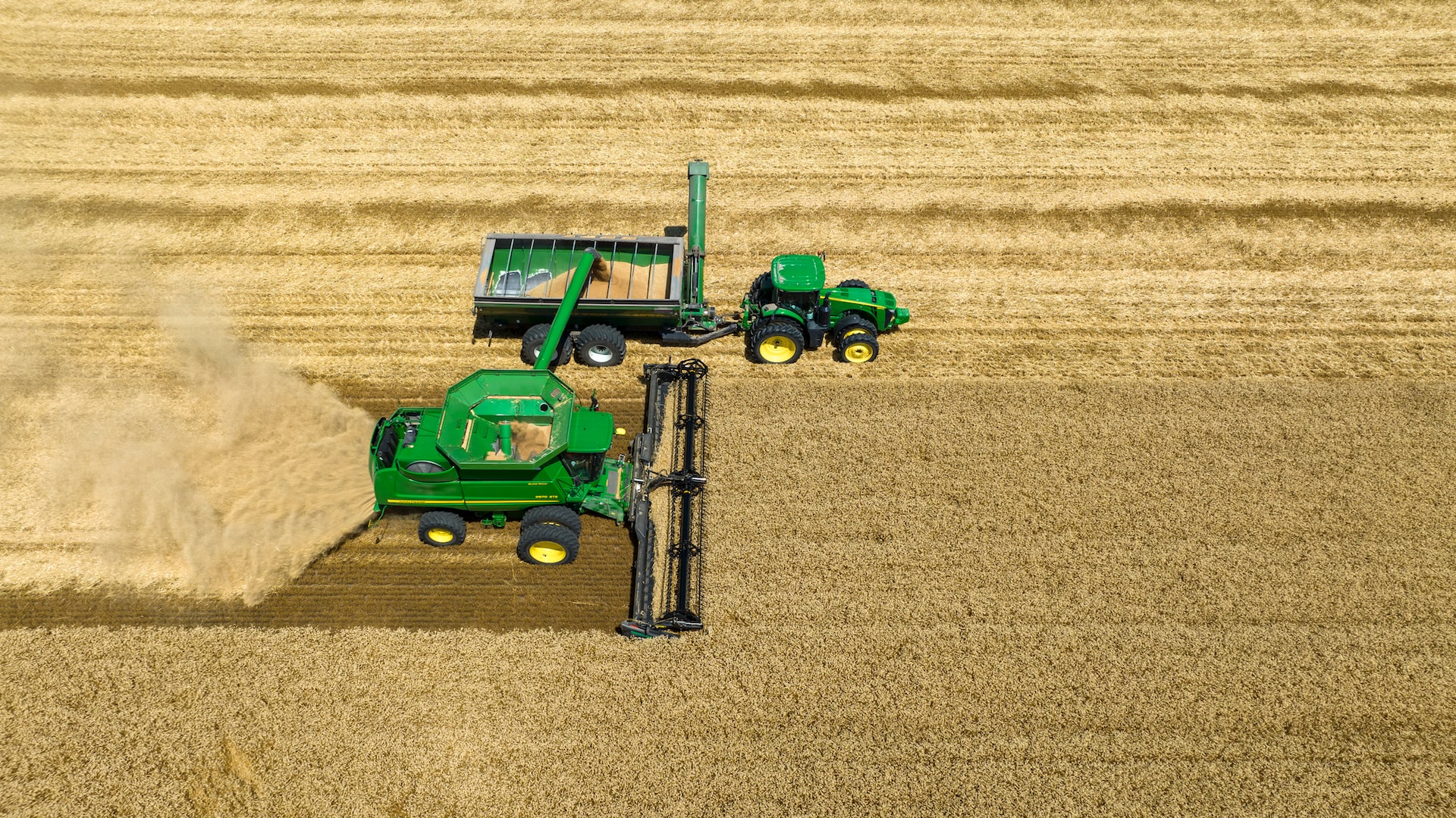
Given the challenges faced by farmers throughout this growing season, the recent decline in grain values is...
Read MoreIt is a market mover...
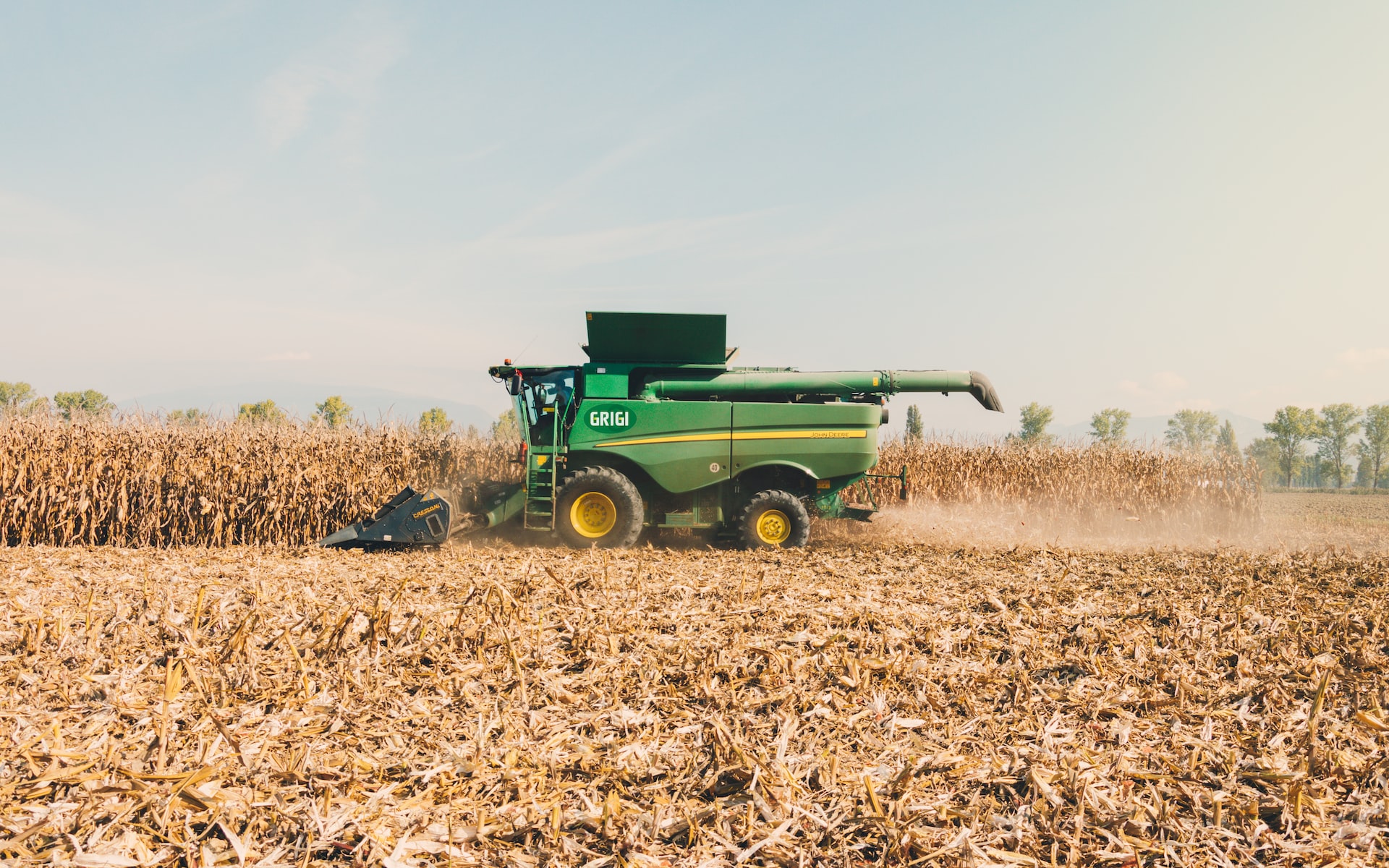
Harvest 2022 continues to throw up its fair share of challenges however pleasingly, some parts of the state were able...
Read MoreThis Ain't Our First Steeplechase
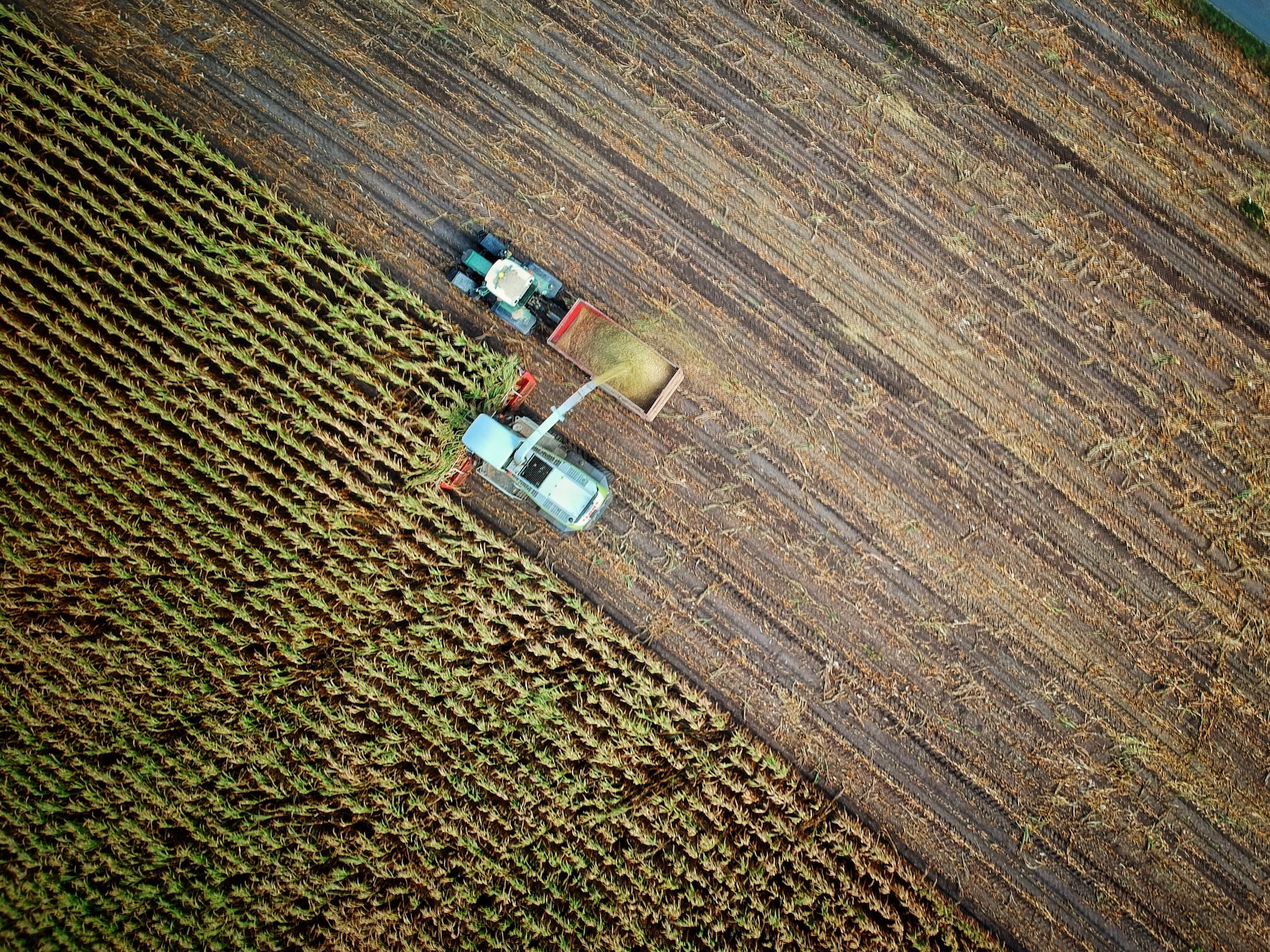
Whilst our Central Queensland counterparts are rounding the home stretch of their winter crop harvest....
Read MoreHarvest set to be a drawn-out affair
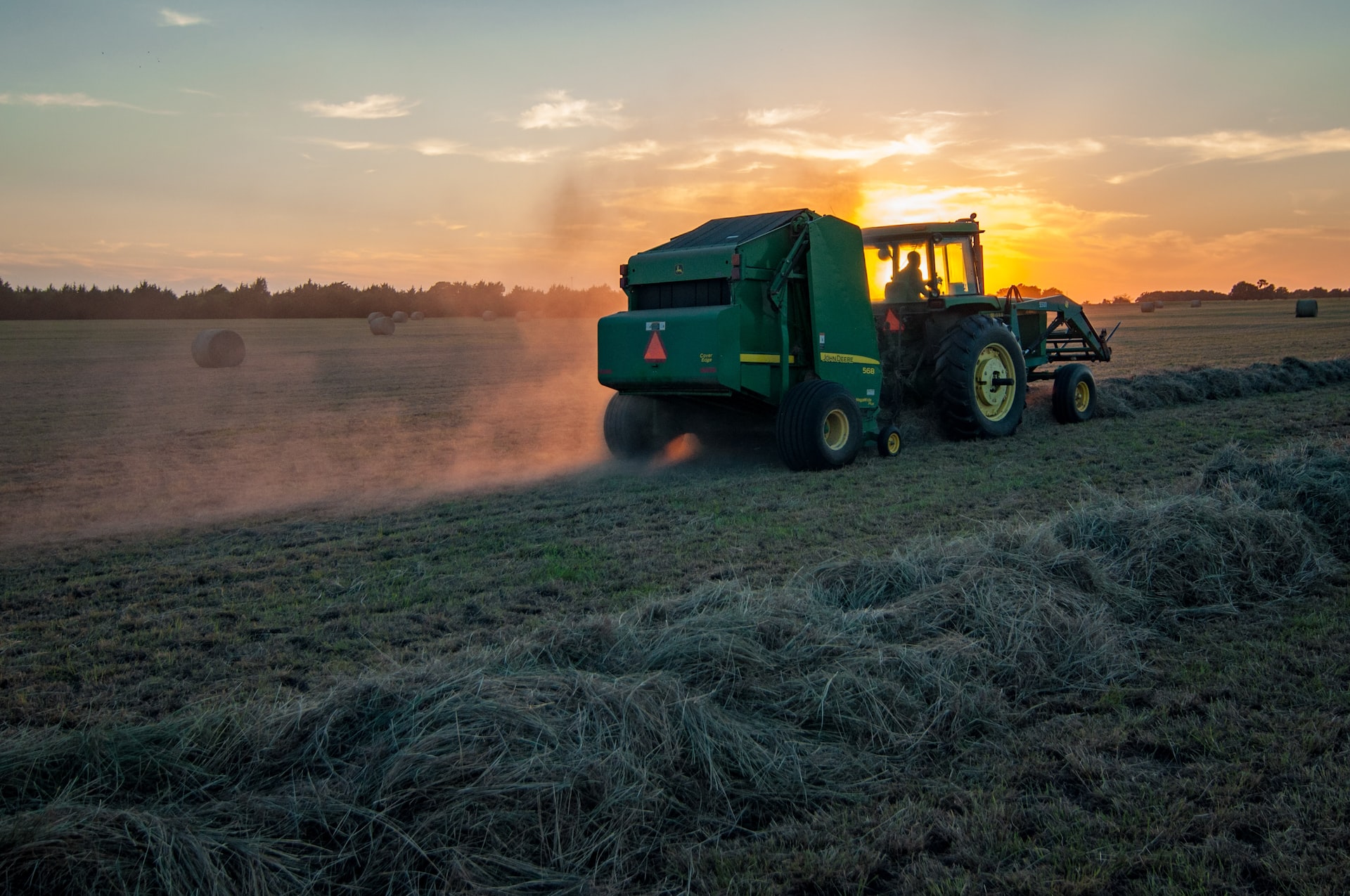
After some significant weather challenges on the east coast of Australia, growers have managed to make some progress on harvest 2022/23...
Read MoreBlack Sea tensions in the headlines again

Contrasting headlines appeared over the weekend with the positive news including sunny skies in contrast to the Black Sea Grain initiative...
Read MoreRain delays and quality concerns
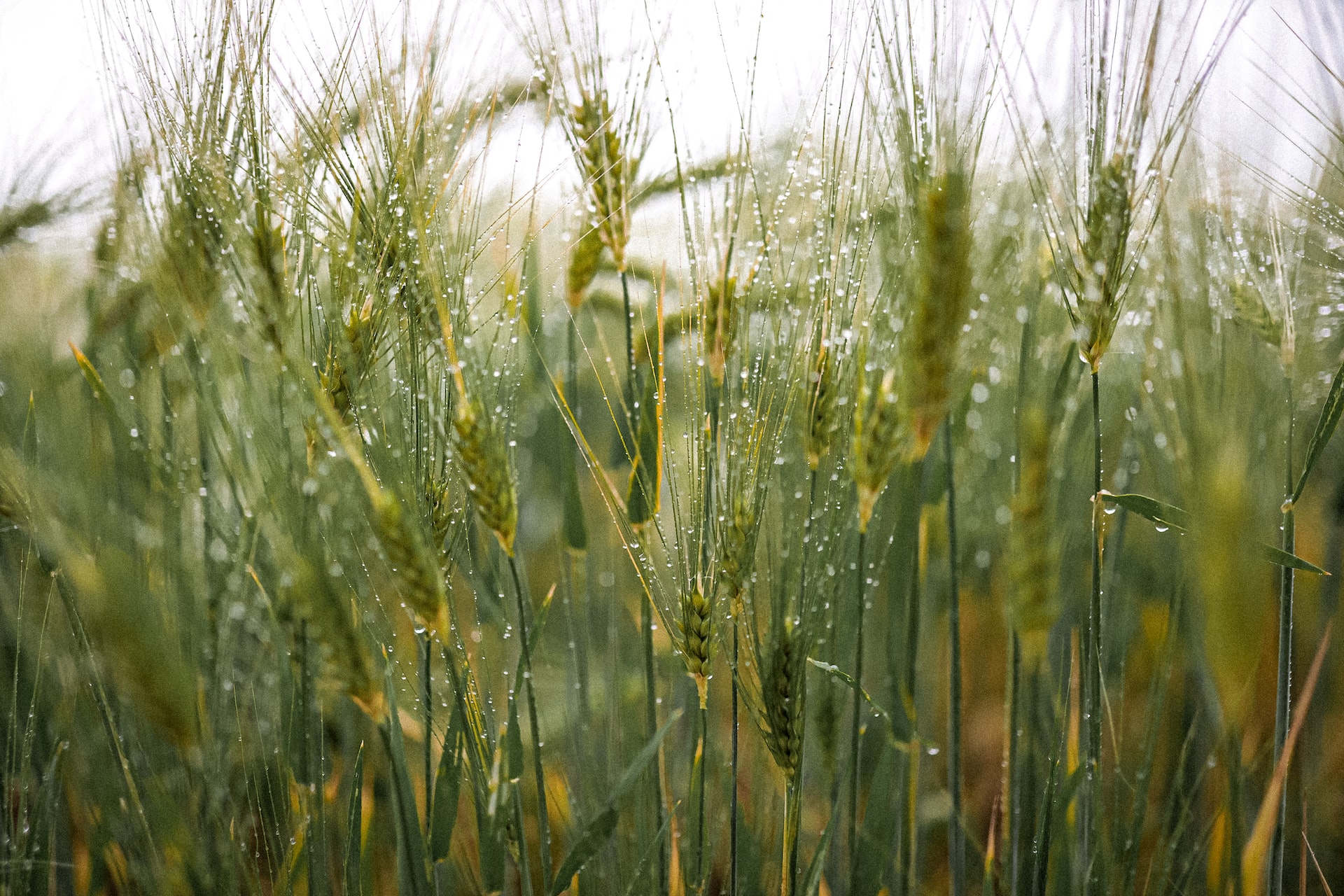
The east coast of Australia has endured another brutal week on the weather front, with El Nino seemingly increasing in ferocity in its third consecutive season.
Read More